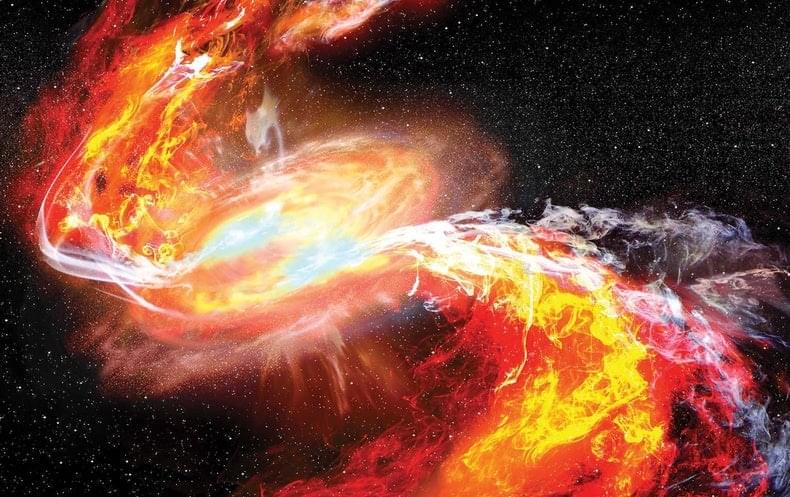Bits of the stars are all around us, and in us, too. About half of the abundance of elements heavier than iron originates in some of the most violent explosions in the cosmos. As the universe churns and new stars and planets form out of old gas and dust, these elements eventually make their way to Earth and other worlds. After 3.7 billion years of evolution on our planet, humans and many other species have come to rely on them in our bodies and our lives. Iodine, for instance, is a component of hormones we need to control our brain development and regulate our metabolism. Ocean microplankton called Acantharea use the element strontium to create intricate mineral skeletons. Gallium is critical for the chips in our smartphones and our laptop screens. And the mirrors of the JWST are gilded with gold, an element useful for its unreactive nature and ability to reflect infrared light (not to mention its popularity in jewelry).
Scientists have long had a basic idea of how these elements come to be, but for many years the details were hazy and fiercely debated. That changed recently when astronomers observed, for the first time, heavy-element synthesis in action. The process, the evidence suggests, went something like this.
Eons ago a star more than 10 times as massive as our sun died in a spectacular explosion, giving birth to one of the strangest objects in the universe: a neutron star. This newborn star was a remnant of the stellar core compressed to extreme densities where matter can take forms we do not understand. The neutron star might have cooled forever in the depths of space, and that would have been the end of its story. But most massive stars live in binary systems with a twin, and the same fate that befell our first star eventually came for its partner, leaving two neutron stars circling each other. In a dance that went on for millennia, the stars spiraled in, slowly at first and then rapidly. As they drew closer together, tidal forces began to rip them apart, flinging neutron-rich matter into space at velocities approaching one-third the speed of light. At last the stars merged, sending ripples through spacetime and setting off cosmic fireworks across the entire electromagnetic spectrum.









Comments are closed.